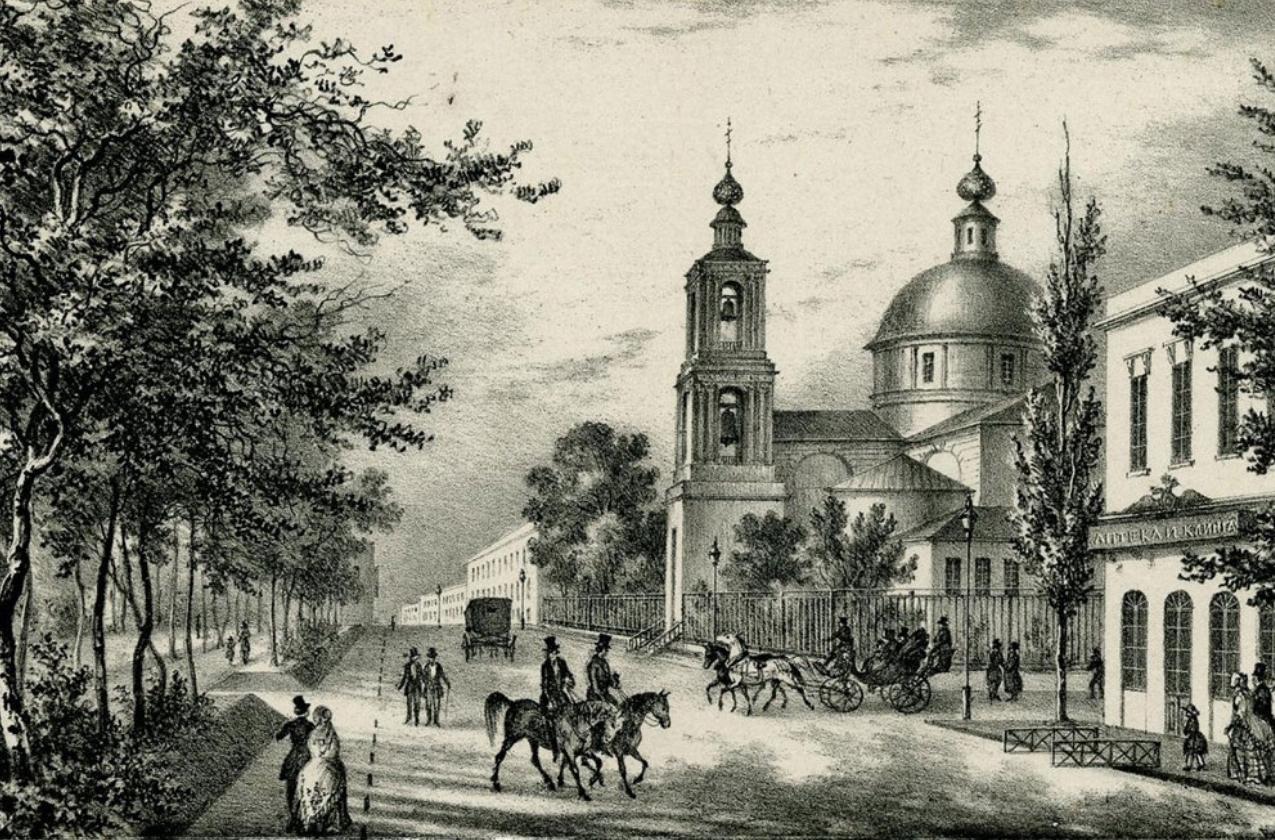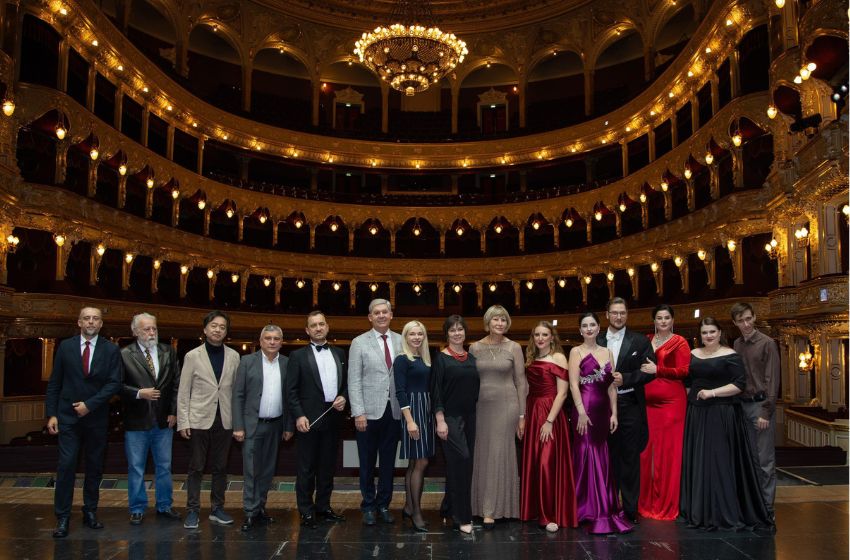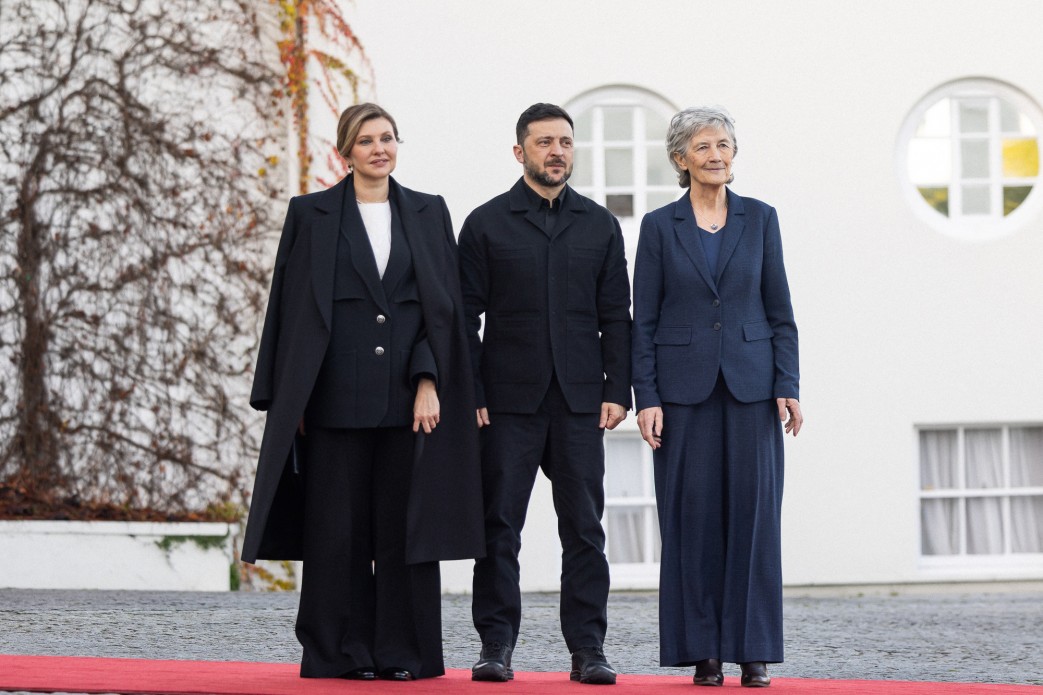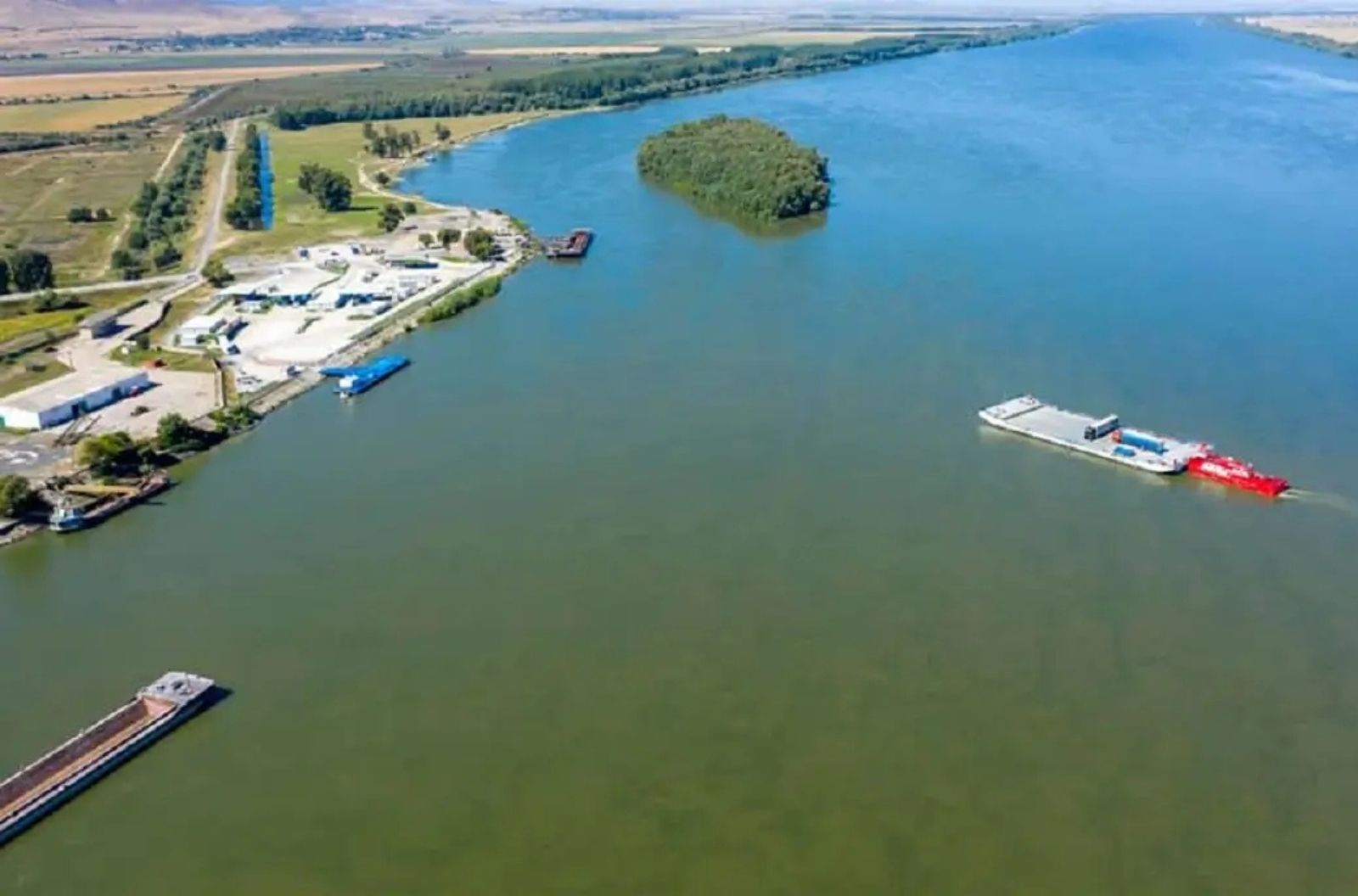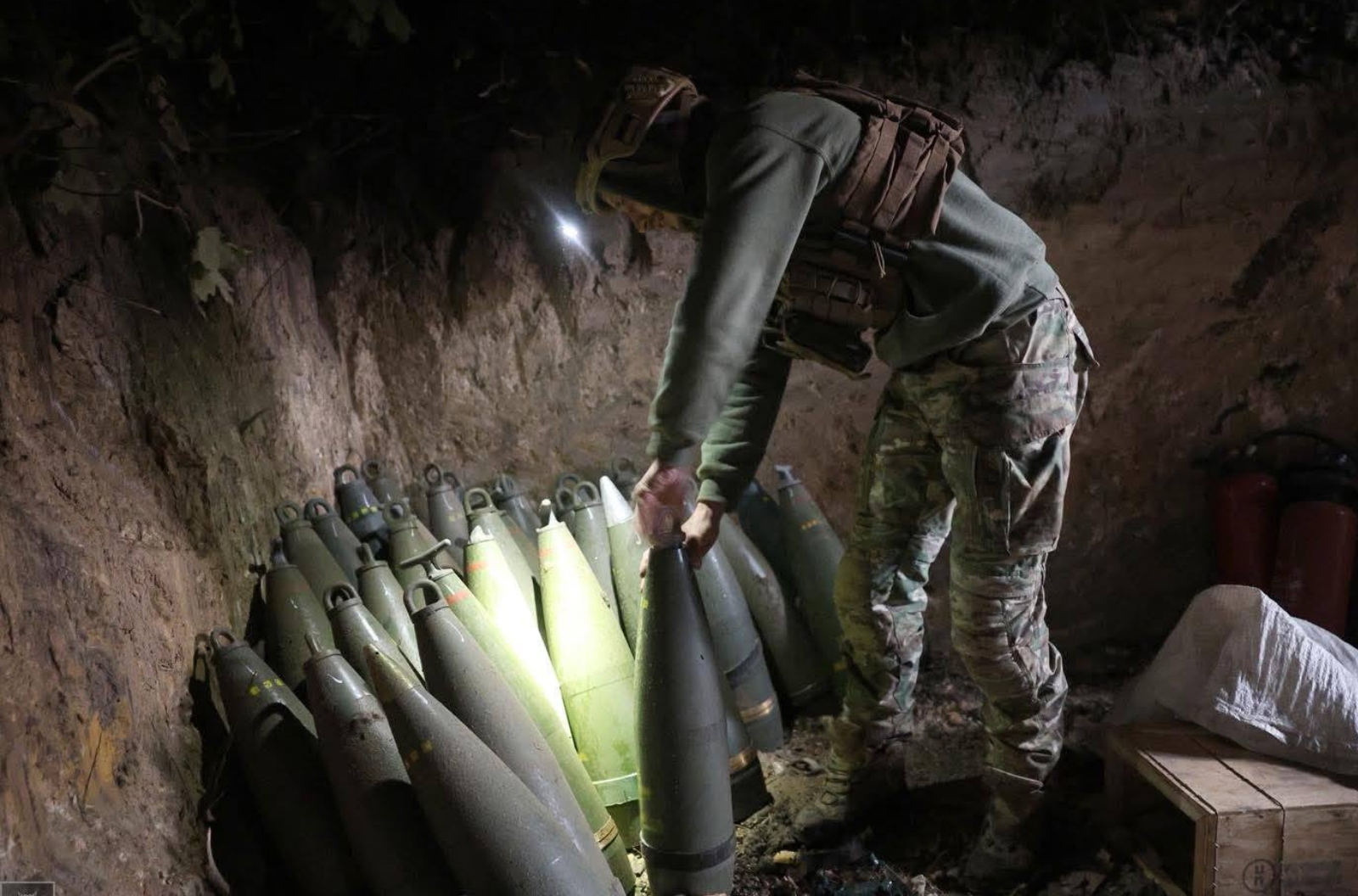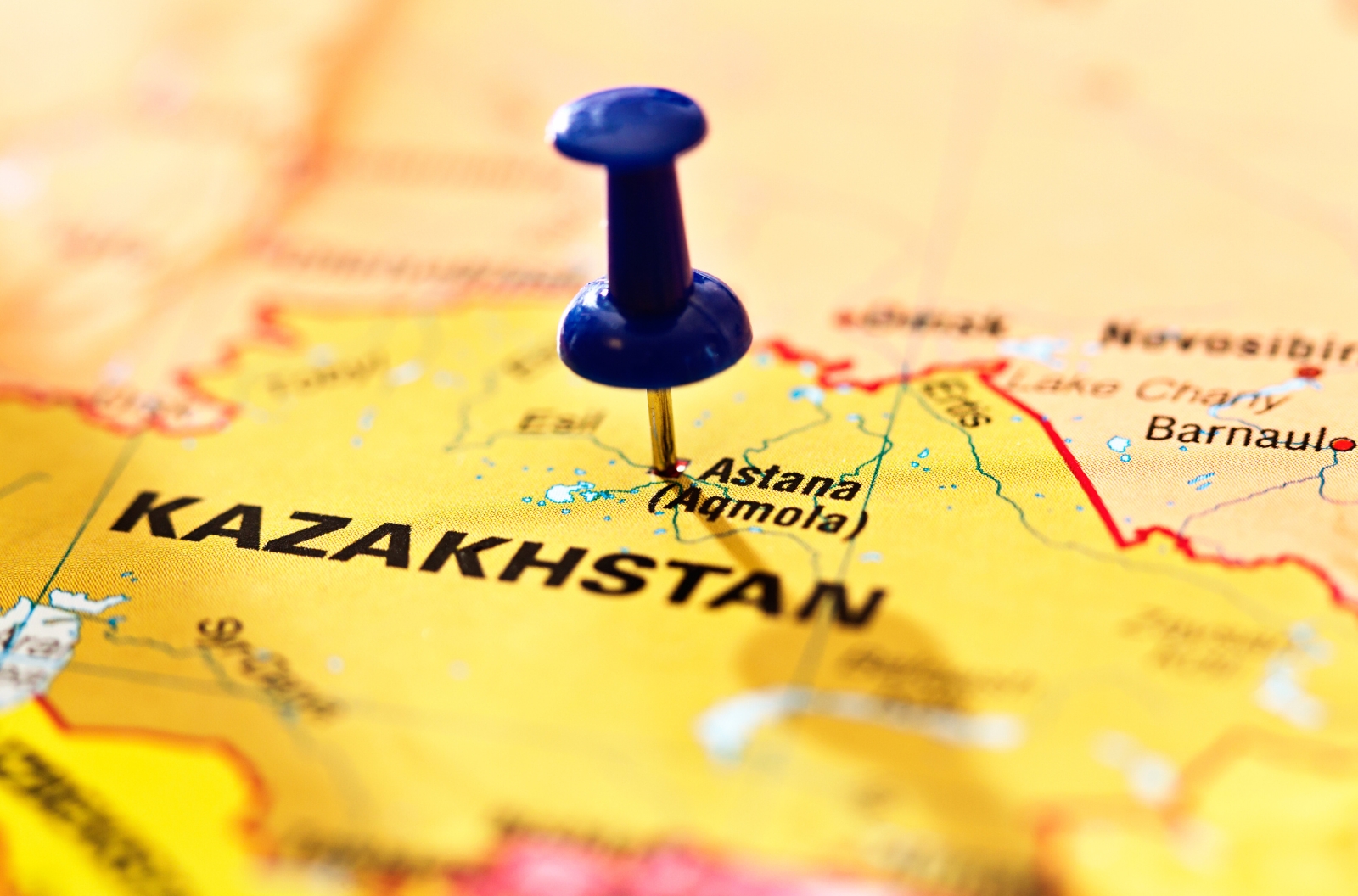Thanks to the lithographs by Friedrich (Fеodor) Gross, we can see Odessa of 1854 many years later. "Album of Odessa views" by Feodor Gross became available to us thanks to the resource "Odessa history".
Friedrich Gross was born in Simferopol, in the family of the German colonist artist Johann Ludwig Gross. According to some reports, Johann Gross arrived in Crimea and worked as an artist on the expedition of his compatriot, the scientist and traveler Academician P.S. Pallas.
And when he acquired an estate in Sudak, he also settled there - in the Sudak German colony. In 1821, at the personal request of the Pallas and by order of the School Committee of Kharkov University, Johann Gross was "... appointed to the position of a teacher of drawing art in the Taurida gymnasium and the district school attached to it."
There he was called Ivan Danilovich in the Russian manner, although until the end of his life he spoke Russian very badly, and never learned to write.


It is also known that it was he who was the teacher of drawing with the young Ivan Aivazovsky and gave recommendations to the Academy of Arts both to him and to his other students.
With his light hand, many became not only good artists, but even very famous in Russia. But his son - Friedrich Gross, perhaps not at all deprived of artistic talent, was much less fortunate. Friedrich, or Fedor, as everyone called him in the same Simferopol gymnasium, was a quiet, well-mannered German boy who loved to draw and dreamed of sketching with his hand literally every corner of his beloved Crimea.


However, the Gross family was strapped for funds, so Friedrich could not even complete the full gymnasium course. Perhaps that is why his application for admission to the Imperial Academy of Arts in St. Petersburg at the state expense was not satisfied. Then Friedrich Gross decided to paint himself and travel all over the Crimea in search of the most picturesque, inaccessible and still unknown places.


It is quite possible that he was supported, like several other young artists, by the well-known patron of sciences and arts, Count M.S. Vorontsov.


In 1864, Fyodor Ivanovich Gross moved to Odessa, where he organised four large exhibitions of his paintings under the general title "Views of Crimea" and got a job in the lithographic workshop of Alexander Brown. Apparently, he got acquainted with the technique of lithography, one of the most complex artistic techniques, while still in the Crimea, in the estate of A.M. Borozdin Kuchuk-Lambat, and in Odessa he mastered an even more complex technique - the technique of chromolithography.


"Odessa Bulletin" highly praises the work of Gross for the skill of decoration, for the lightness and softness of the drawing, comparing it with the best lithographs of the capital's artists. Yes, in his work he is very scrupulous and even more accurate and scrupulous. He translates his drawings onto a lithographic stone, from which an imprint will then be made, only by himself, writing out even the smallest detail with all care.


Most of his paintings were published as lithographs in the form of an album under the general title “Collection of picturesque views of the Crimea. Brown's lithograph†(Odessa, 1846), but unfortunately, it has not survived in its original form.


Living for some time in Odessa, the artist created a whole series of views of this colourful Southern city recognisable by everyone: "Richelieu Lyceum", and "View of the Practical Harbor", "Quarantine" and "Boulevard", and many others. In 1854-55. In the lithographic workshop of P. Frantsev and L. Nitsche, an album with 15 views of Odessa from paintings by Gross was published.


In those years, the Crimean (Eastern) War was just going on, and the landscape painter managed to prove himself as a battle painter, and so much so that his painting entitled "The Bombing of Odessa by the Anglo-French Fleet on April 10, 1854" deserved a personal gift from Grand Duke Konstantin Nikolaevich in the form of a diamond ring. And his other battle work, executed in gouache, "The heroic feat of Shchegolev and his batteries at the Odessa Practical Mall on Holy Saturday, April 10, 1854", was presented to Tsarevich Alexander Nikolaevich and in the same year was reproduced in London by the publisher V. Brunks.


Feodor Gross was a sought-after artist and carried out many private orders. So, in honour of the 25th anniversary of the founding of the Imperial Society of Agriculture of Southern Russia, Gross made a truly artistic design of the gratitude address to the president of this society, Prince Vorontsov.


After the war, Feodor Ivanovich was determined to return to the Crimea. He was no longer interested in remaining in Odessa. He increasingly felt his helplessness and inconsistency as a real artist, being only a good draftsman and a brilliant lithographer. The lack of classical art education made, in his opinion, inaccessible to him the secrets of real painting, revealed to famous artists.



In 1857, Fyodor Gross leaves Odessa and returns to his native Crimea. On the recommendation of the trustee of the Odessa educational district, he was appointed a teacher of drawing at the Kerch Kushnikovsky Maiden Institute. He and his wife, Anna Ivanovna (they had no children), built a beautiful house for himself with his wife, Anna Ivanovna (they had no children), and devoted all his free time to ... archeology. In addition to teaching, Gross works as an artist-restorer (and assistant director) of the Kerch Museum of Antiquities. Since 1884, State Councilor F.I. Gross became the director of the Kerch Museum and headed the excavation of burial mounds on the Taman Peninsula.


The main merit of Gross is the sketches he made of all the ancient monuments and antiquities found during this almost thirty-year period in the South of Russia.












